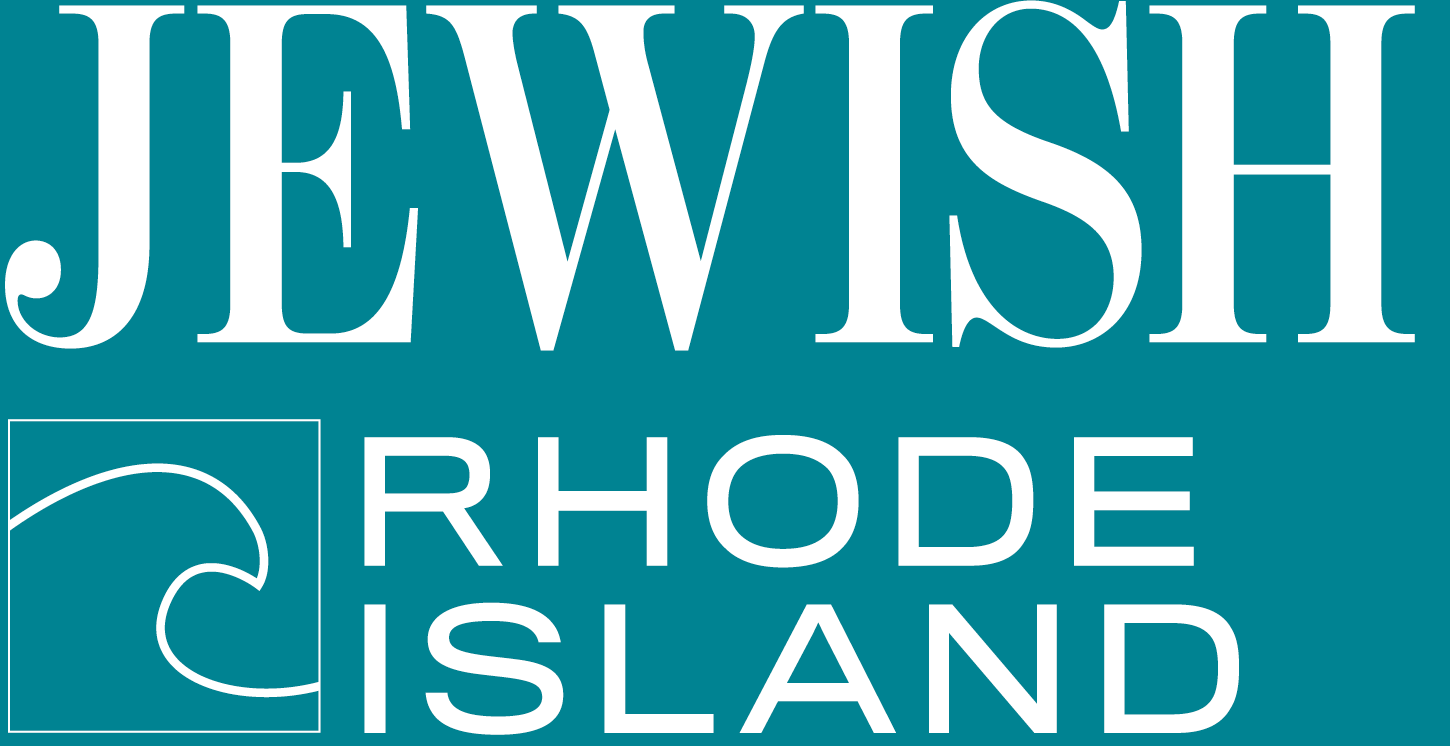Spring of 1951 revisited
“May you live in interesting times,” an apocryphal curse, certainly applies to the months since the election. Perhaps historians will find these months “interesting,” but personally, I would have preferred boring.
Since current events are not among my themes of choice, I turned to the front pages of four issues of the Rhode Island Jewish Herald from 1951 – March 23, April 6, 13, 20 – for a glimpse of what was news or of importance to the Jewish community 70 years ago. The choice of the year 1951 was entirely random.
The post-World War II era was a time of economic expansion and growth in manufacturing and construction in the United States. The Great Depression and the priority military needs of the war years were now memories. Although American forces were embroiled in the fighting on the Korean Peninsula, the “Forgotten War” did not have a great impact on the civilian economy. Delayed domestic plans could now be implemented.
From the brief snapshot offered by the four front pages, I learned that three major Jewish institutions were on the move in Providence’s East Side, literally as well as figuratively: Temple Beth-El had a new synagogue and school on Orchard Avenue; The Miriam Hospital moved to Summit Avenue after converting and expanding the former home of the Jewish orphanage; and a Jewish Community Center was proposed on Sessions Street. In a real sense, these Jewish organizations were following the Jewish population to the East Side.
The General Jewish Committee – the ancestor of our Jewish Alliance and the Israel Bonds Organization – reached an agreement on the timing of their respective fundraising campaigns.
The tone throughout these articles was one of optimism. The Jewish community was growing in strength and vitality and looking forward to the future.
The April 20 issue revealed the details of a celebration marking Israel Independence Day, May 7, at the Veterans Auditorium in Providence. The guest speaker was Goldie Meyerson, later known to the world as Israeli Prime Minister Golda Meir.
The Cold War provided the backdrop for a news story about grants-in-aid from the U.S. government. A grant to Israel received bipartisan sponsorship, but was temporarily held up. India had already received approval for a grant, but then a remark by a visiting “important Indian” was construed as pro-Communism. It raised the question of whether the grant should be changed to a loan, since India could not be counted on to always vote with the western powers in the United Nations. Israel, on the other hand, was a trusted ally and a democracy and could be trusted to always vote with the U.S.
Anti-Semitism was alive and well in the House of Representatives in the person of the “hater-in-chief,” Rep. John Rankin, of Mississippi. Rankin initiated a campaign to rid the House of all portraits of “aliens,” especially the “ghastly” relief portrait of Maimonides, which he suggested should be replaced with a portrait of Alexander Hamilton.
The New York Post, founded by Hamilton, published a reply to Rankin: “We are sure that the learned Maimonides, philosopher and physician, would welcome the attack of the midget-minded Mississippian. We are equally certain that Alexander Hamilton would have loathed Rankin and spurned his embrace.”
And to conclude on a delicious note, the April 13 issue announced, as part of its front-page news, the arrival of the newest addition to Passover fare: chocolate matzah.
GERALDINE S. FOSTER is a past president of the R.I. Jewish Historical Association. To comment about this or any RIJHA article, contact the RIJHA office at info@rijha.org or 401-331-1360.







